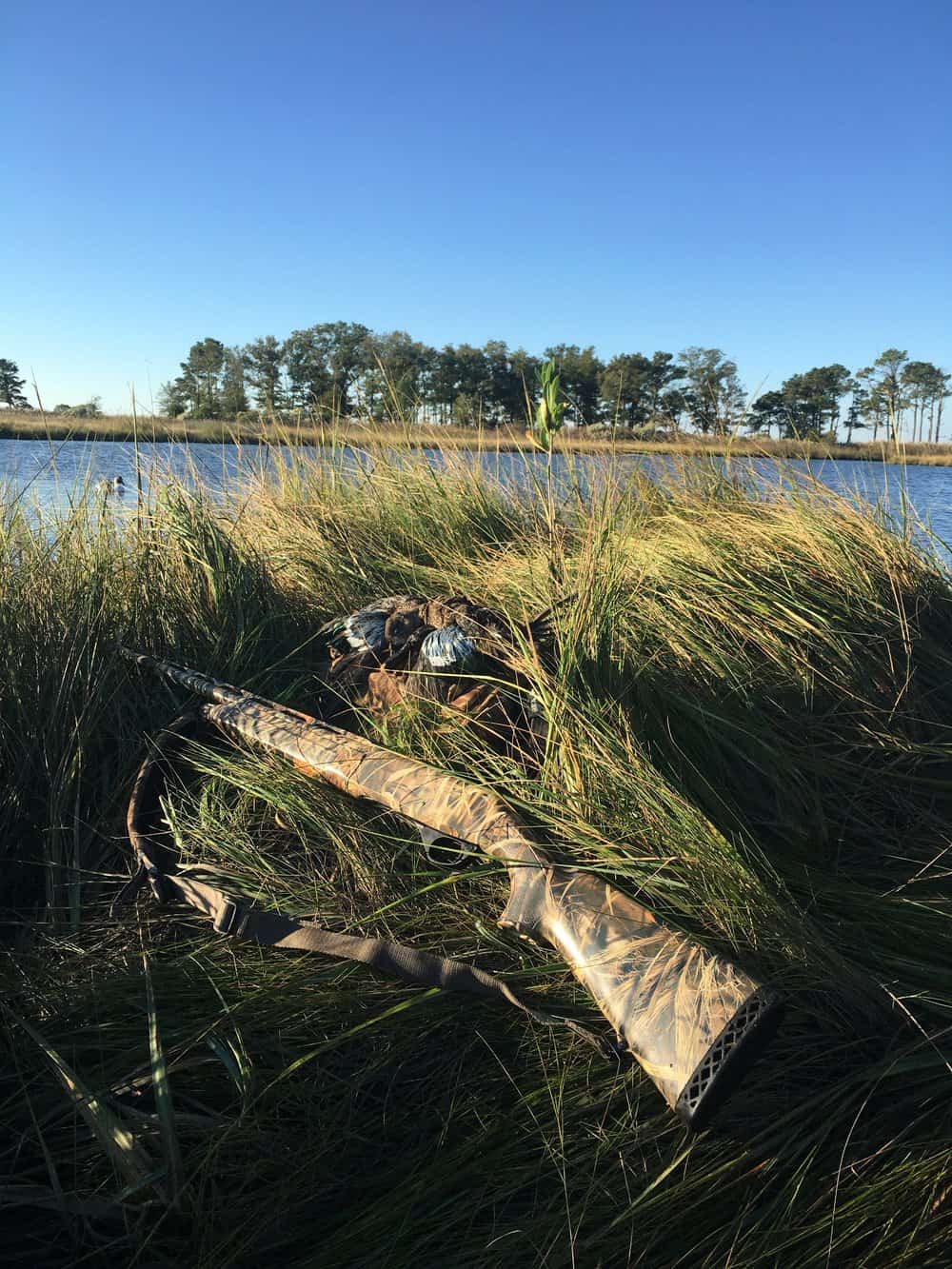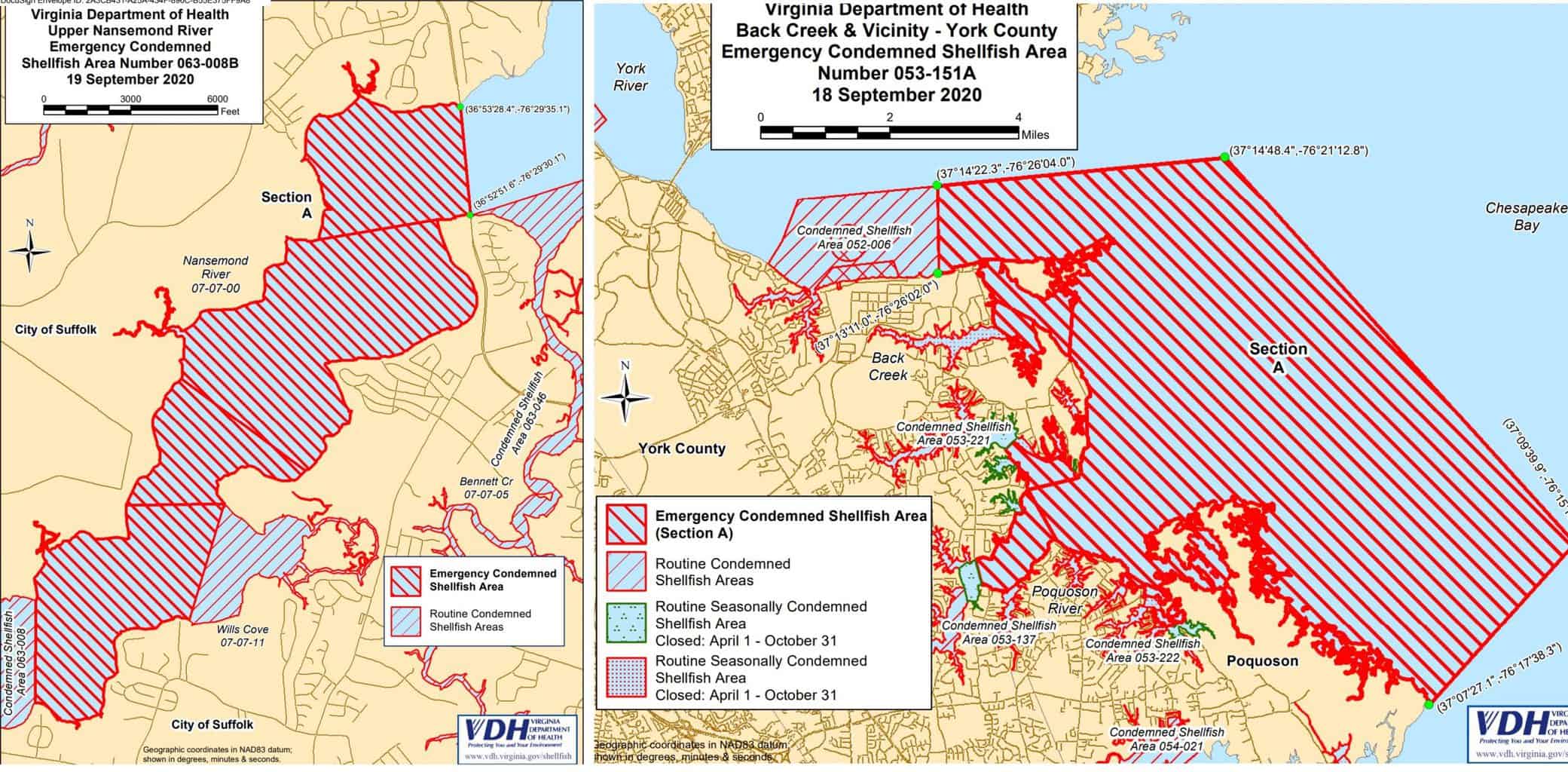Chesapeake outdoor guide Captain Chris Dollar brings up-to-date insight to the Bay Bulletin.
After watching videos of the destruction that Hurricane Florence unleashed on the Carolinas and the selfless bravery of professionals and ordinary citizens who rescued those in peril, it definitely puts sport fishing and hunting into proper perspective. The reality of how vulnerable we all are to severe weather events was hammered home after speaking with my long-time friend who lives in New Bern, NC. His home and business weathered the storm. Others close to him were not so lucky. Still, he took a philosophical tone, noting the world is still spinning, close to 1,000 miles per hour, in fact.
Maryland’s early teal season kicked off Monday without a bang for this wing shooter. My buddy and I sat in an Eastern Shore marsh watching a glorious sunrise, but little else. Only a single duck buzzed our spread and went away so fast I never even clicked off the shotgun’s safety. But man, what a burst of color as the dawn broke. It sure beats snoozing your life away. The season runs thru Sept. 29th.
After fingers of Hurricane Florence stirred up our local waters, I struggled to find clean water to throw top water plugs. Others who got out recently found that live-lining spot or perch was pretty good for keeper rockfish. Try the Bay Bridge and Key pilings as well as Thomas Point, West River #1, Swan or Hackett’s points. Or, troll tandem Tsunamis or skirted bucktails with curly tailed teasers. Waters 16-28 feet deep seem to hold the most oxygen above the bridges. Catfish have invaded live-bottom areas from the Severn River to Tolchester Beach, probably due to the influx of freshwater. Peeler or soft crabs, cut menhaden and worms easily do the trick.
Fishing further south you could run into the last of the bull red drum roaming between Smith Point and Smith Island and the Target Ship and Middle Grounds. I have a hard time believing the Spanish mackerel will stick around much longer in Maryland’s part of the Bay. If you want to try and catch one or two, troll Drone Spoons at 6 miles-per-hour from Hoopers Light, Buoy 72a down to the Target Ships. Or, if you encounter a school of breaking blues, cast or jig metals like Li’l Bunkers, StingSilver or Rain Minnows (G-Eye Jigs). Reel fast but erratically.
Will the good bite continue in Virginia? I’ll wager that’s a hard yes. Try casting live eels and large bucktails to cobia as they school up to exit the Bay. Reminder: Virginia’s cobia season closes September 30th. Skinny water anglers should do well on puppy drum, speckled trout, flounder and bluefish over oyster bars in many creeks and rivers. Try swim baits in the Lynnhaven and Rudee inlets. King and Spanish mackerel were active close to shore along the oceanfront before the storm, and they should be around a while longer.
The jumbo spot are beginning to turn yellow on their fins and bellies as they pack on weight for the winter offshore. Target them over the next few weeks in the Bay’s inlets and oyster bars. Or try for hardheads (croakers) hugging the bottom at drop offs along shipping channels and deeper holes near river mouths like the James or Lynnhaven. Expect to find sheepshead hanging on the Chesapeake Bay Bridge Tunnel pilings along with spadefish around the buoys.
It’s said the offshore action improves after a big blow, so, no doubt, anglers will search blue-water canyons for blue and white marlin and mahi-mahi pushing south, while keeping an eye out for the reverse migration of tunas. Golden and blueline tilefish don’t really move from their rocky crevices, so the deep-drop option should remain good throughout the fall. The season’s best flounder action will be on the wrecks and reefs.



